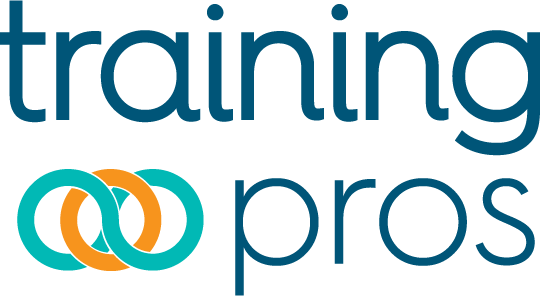Tiffany Westrich-Robertson 
CEO
IFAA
Tiffany Westrich-Robertson is the CEO of IFAA, an International Foundation for Autoimmune & Autoinflammatory diseases with Arthritis as a major component, and is also a patient living with Rheumatoid Arthritis and Axial Spondylitis. She is a former educator, Vice President in charge of project management and business development, and has been active in the patient research collaboration arena since 2010. Tiffany has reviewed grants for the American Institute for Biologic Sciences, PCORI, and currently serves as the sole patient reviewer for National Institute of Arthritis & Musculoskeletal & Skin Diseases (NIAMS). In addition, she previously worked as a qualitative research assistant and has taken courses in both quantitative and qualitative methods. Currently she serves as project lead and patient-researcher liaison for IFAA’s 2015 Innovation in Research Award: A Community Team (ACT), designed to test unique collaboration methods to unite patients with researchers in industry so better outcomes can be achieved and research dollars better spent. The project is evolving in 2017 to establish the first global Patient Research Partnership (PRP) Leadership Groups, which aim to log past and current PRP successes so those in this environment can build on existing efforts and refrain from duplicating them – thus resulting in wasted time and money.
Tiffany will be one of the distinguished speakers at the 2nd Annual Patient Centric Clinical Research: Engagement & Innovation Conference.
Why is the Patient Centric Clinical Research Conference important to clinical research professionals?
There are many groups (nonprofits, research institutes, etc) who recognize the benefits (cost, time savings), but a strong fear for some clinical research professionals re: engagement themselves involves a lack of understanding the benefits. Some barriers they typically cite include:
- Not enough money in budget to include patients
- Not enough time to train them to be able to participate
- Have no idea who to engage/where to find these patients
Attending this could help some move past these barriers (as they find answers from panels and participants).
What initiatives are on the horizon at your organization towards patient centricity in 2017?
IFAA just wrapped up our initial pilot project, which was one of three winners in Celgene’s Innovation in Research awards. In this project we successfully developed a platform to engage not only the existing patient advocate (or patient who serves on panels/projects most often) to be inclusive of all patients from anywhere in the world and regardless of disability…they only need to speak English and have access to the internet. We also tested patient leadership on research projects, with advisors in place to ensure processes were completed correctly. We not only had patients as focus group moderators, but we also had me (a patient) on the analysis team – and I was able to identify things the expert analyst couldn’t because I could speak the language of the respondents (something software can’t pick up on). Moving into 2017, we are advancing this project to include more patient groups, we will be teaming with the National Data Bank for Rheumatic Diseases – who will be designing, building AND STORING the ACT databank – and together we will conduct longevity studies to develop “Typical Atypical” subgroups of patients and work towards better understanding decision drivers as it relates to treatments and adherence. We also are establishing the first global ‘coalition’ (called PRP Leadership Groups) that will unite major groups around the world so we can share our past and current successes in PRP. Then IFAA will chart these and create a master log to share between members. This will enable groups working in patient research partnerships to understand what has worked previously, what didn’t, and can use the previous projects to build on instead of duplicating efforts (which just wastes time and energy). IFAA, Arthritis Consumer Experts/Joint Health, and Arthritis Research Canada will be leading this in North America and EULAR in Europe.
How has patient centricity evolved in the last several years?
In 2009 industry started reaching out to patient advocates to interview us. At the time, we were just happy to be heard so we all did this for free. Then we started realizing our voice was valuable and demanded pay for our testimonies. By 2013 it became the norm to pay a patient for their time and responses. It also has become standard to include at least a patient as an advisor on industry drug development work and on grant review panels, but it’s still lacking when it’s past the ‘advisory’ position. That’s where IFAA comes in, we are shaking things up by testing collaboration methods not done before. Once we can join forces (see #2, IFAA’s coalition), we can have enough project work to have professionals analyze outcomes so we can finally show measured value (the #1 thing missing right now that prevents researchers and industry from getting on the band wagon).
What is your favorite social media platform for being more patient centric? Why?
Facebook, patients can easily engage and share stories.
What kind of content or communication do you believe sparks a patients interest?
Any time a patient can learn from others what they are doing about disease management (so patient engagement as a group in a project). So content that evokes discussions how others handle a situation.
When it comes to reaching different demographics of your patients, which sector(s) will you be paying more attention to in 2017?
We will be focusing on understanding and establishing “Typical Atypical” subgroups, or those who don’t meet the norm for inclusion criteria in clinical trials.
If you had to describe your patients in one word, what would it be?
Empowered.





